Juniper bonsai tree
(juniperus)
The juniper is one of the most popular bonsai trees. There are a huge variety of species under the name juniperus, ranging from trees to shrubs and scale-like foliage to needle-like foliage and they are native to many continents, from America to Europe to Asia. They are evergreen and have an attractive silhouette.
Placement
Choose an outdoor location that receives full, direct sunlight. Junipers are very hardy but should not be kept indoors and need to be protected from temperatures below -10 °C. If you anticipate freezing temperatures, you should move your juniper tree to a cold frame, unheated greenhouse or conservatory, or consider providing insulation during winter. It is part of the juniper’s internal frost protection mechanism for its leaves to turn a purplish-brown but they will turn green again in the springtime.
Watering
There is no definitive guide to watering and it should be conducted on an observational schedule, not a routine. This means that it is important to keep an eye on the moisture levels of the soil to avoid over and under watering, both which can lead to dropping leaves and/or root death. The amount of water a bonsai requires depends on pot size, climate, airflow, soil and tree type so it is best to use your eyes and fingers to assess whether the soil is damp, wet or dry.
If the top inch or so of soil has dried, it is ready to be watered. When you water, ensure an even coverage over the roots and soil, allowing water to flow out from the bottom of the pot to ensure a good soaking. If you are a first-time bonsai owner, another good way to water is by submerging the entire pot in water until the bubbles stop. If you choose this method, be aware that your bonsai may not need watering for another two or three days, but this will depend on the factors mentioned above.
Accidental overwatering of junipers is a very common problem so ensure that your tree is placed in a well-draining soil mix and that the soil is just damp, never wet.
Fertilising
Using fertiliser on your juniper bonsai tree will help encourage healthy growth and this should be done periodically from once a week to every two months and only during the growing season. You can start adding Chrystal Liquid Bonsai Feed to your water from March until October and use weekly. Use Naruko Fertiliser Slow Release Bonsai Feed once every one to two months. With bonsai trees, less is more, and we tend to advise using half the recommended dosage to see how your bonsai reacts first.
Pruning and wiring
Pruning your bonsai is important not only to maintain or create an aesthetic style but to also ensure light and airflow can reach inner leaves. Throughout the growing season, you can trim or pinch back long shoots that stick out from the shape of the tree. While the juniper bonsai tree can withstand some aggressive pruning, bear in mind parts of the trunk and branches that have had all foliage removed will not grow back so leave some growth on parts you want to keep alive. It is also worth noting that the growing tips of Juniper foliage are located at the tops of stems so it is imperative to avoid trimming the tree like a hedge as this will weaken the tree significantly and lead to browning needles.
Training your bonsai using wiring is certainly possible with this species of bonsai, and the juniper can withstand aggressive bending of the branches but be careful to protect the bark with raffia or tape to avoid scarring and wounds. When they become dense, the inner parts of the foliage pads can die due to a lack of light and air. Mitigate this by thinning them as well as manipulating them to fan out using wire.
Repotting
Repotting your tree is an important way to provide a fresh and suitable soil mix and ensure appropriate root health. Repot in early spring. Generally, your juniper will need to be re-potted once every two years if it is young, while older ones can stay in their pots for longer. However, you should always check if it has become root-bound before you change pots. You can do this by lifting the tree gently out of the pot by the main trunk and examining the root system. You will know it is ready if you can see that the roots are circling around each other and the pot. If, however, they still appear contained in the soil, you should place it back and wait until the following spring to check again.
Choose a pot that is slightly bigger, reflects the tree’s style, leaf and bark colour and is a suitable material.
Avoid pruning the roots too much as this can shock the plant. Since the juniper is a mountain shrub, it is important that the soil mix you choose for the new pot is well draining. We tend to use a mixture of different speciality bonsai soils on our trees. Every species is different so please contact us for free soil-mix advice or to take advantage of our re-potting service, visit www.miyagibonsai.co.uk/services/.
For further information and advice on your juniper bonsai tree, please refer to our blog at ………..
For tools, fertilisers, soils, pots and other accessories please visit…….
Showing 1–20 of 28 results
-
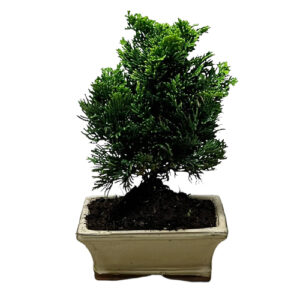
Chinese Juniper 26cm
£40.00 Add to basket -
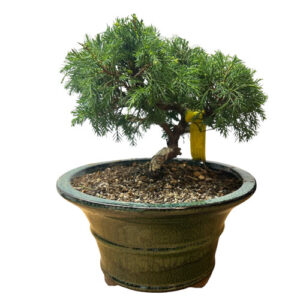
Chinese Juniper 27cm
£170.00 Add to basket -
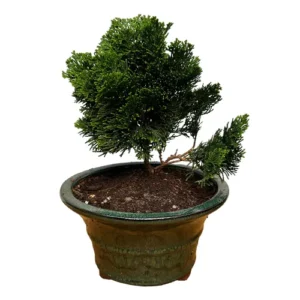
Chinese Juniper 27cm
£55.00 Add to basket -
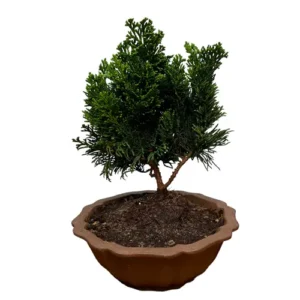
Chinese Juniper 28cm
£70.00 Add to basket -
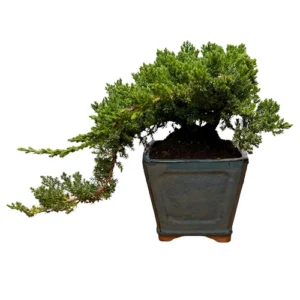
Cascading Chinese Juniper 32cm
£350.00 Add to basket -
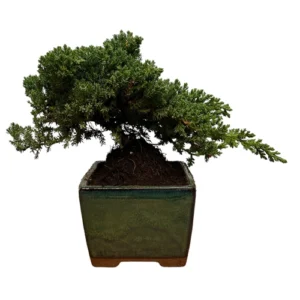
Cascading Chinese Juniper 32cm
£350.00 Add to basket -
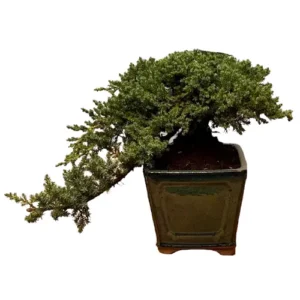
Cascading Chinese Juniper 37cm
£350.00 Add to basket -

Cascading Chinese Juniper 38cm
£330.00 Add to basket -
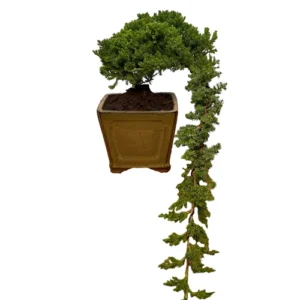
Cascading Chinese Juniper 48cm
£360.00 Add to basket -
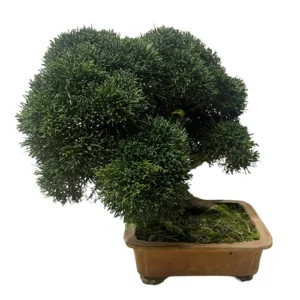
Bushy Chinese Juniper 38cm
£700.00 Add to basket -
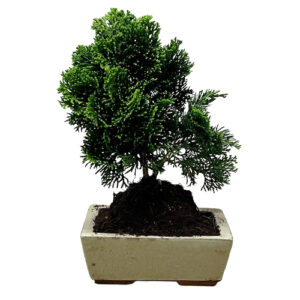
Chinese Juniper 28cm
£40.00 Add to basket -
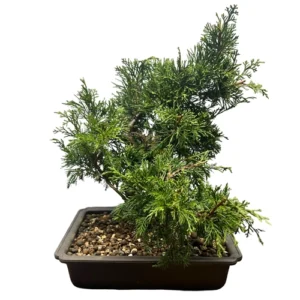
Chinese Juniper 30cm
£120.00 Add to basket -
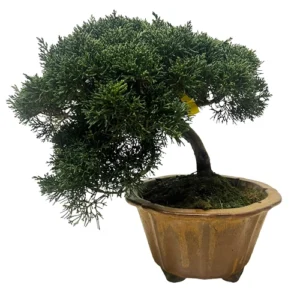
Semi-Cascading Chinese Juniper 40cm
£650.00 Add to basket -
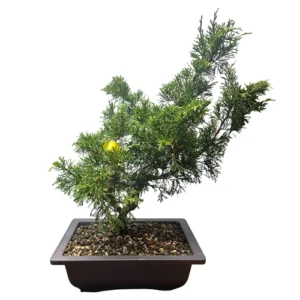
Tall Chinese Juniper 42cm
£150.00 Add to basket -
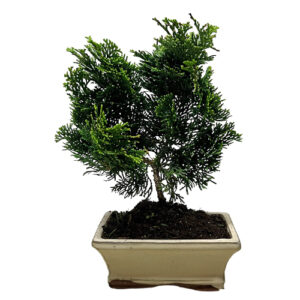
Chinese Juniper 29cm
£40.00 Add to basket -
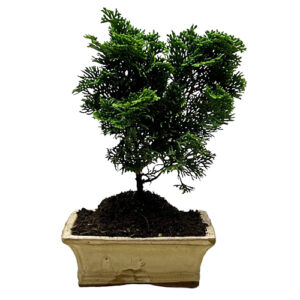
Formal Upright Chinese Juniper 28cm
£40.00 Add to basket -
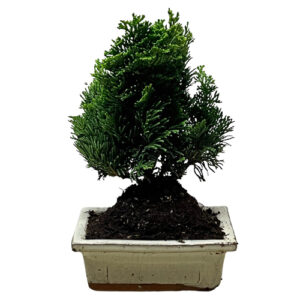
Lush Juniper 26cm
£40.00 Add to basket -
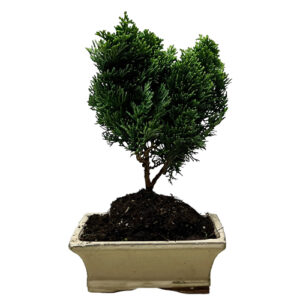
Pretty Chinese Juniper 27cm
£40.00 Add to basket -
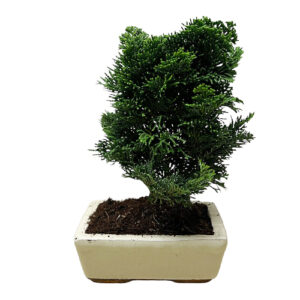
Upright Chinese Juniper 27cm
£40.00 Add to basket -

Young Potential Chinese Juniper 25cm
£130.00 Add to basket
